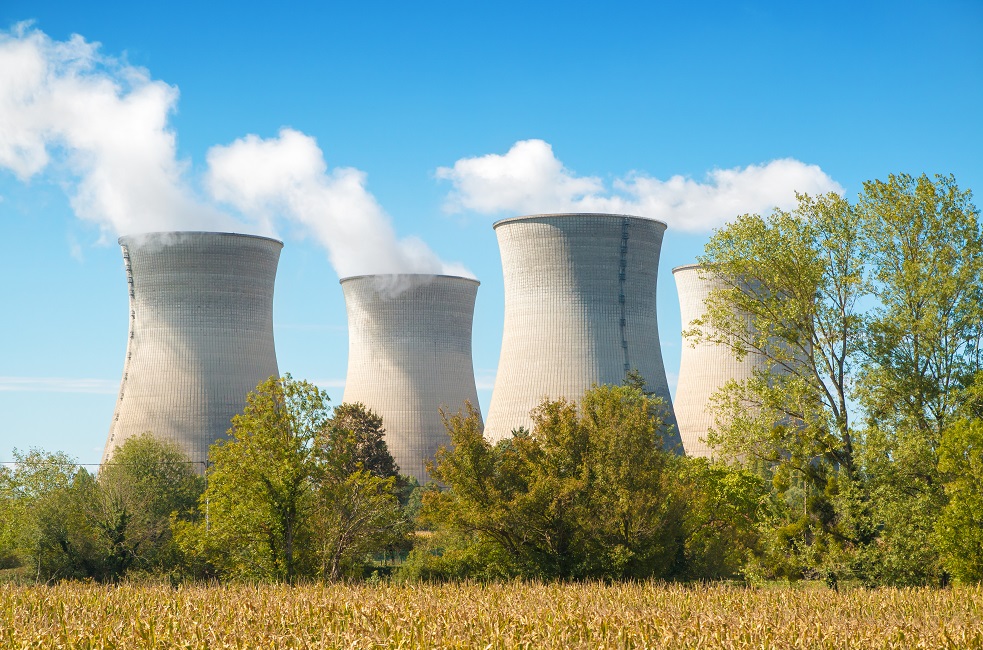France's lower-cost decommissioning plan rests on Chooz A reactor learnings
A new parliamentary report has said EDF's decommissioning cost estimates for its 58-reactor fleet appear too low but the operator believes learnings from the dismantling of Chooz A and the transfer of operational plant data will accelerate the process.

Related Articles
A committee of French MPs presented to Parliament February 1 a report on the technical and financial feasibility of nuclear power plant decommissioning in France. The 12-member committee interviewed 70 market participants in France and abroad to assess the current technical expertise in decommissioning and whether decommissioning funds accumulated by EDF would cover costs.
EDF is controlled by the French state and its 58 reactors-- situated on 19 different sites-- provide around three quarters of the country's power. A law introduced in 2015 requires EDF to reduce nuclear power capacity to 50% of generation by 2025, raising the prospect of a surge in decommissioning activity at multiple sites.
EDF has estimated the cost of decommissioning its nuclear fleet at 350 million euros ($371.6 million) per reactor, far lower than the cost estimates by European operators which range between 900 million and 1.3 billion euros per reactor, the committee said in its report.
The higher cost estimates by UK, German and US operators that are further along the decommissioning process might be assumed to be closer to actual spending requirements, the committee said.
"The cost of dismantling is also under-estimated if we factor in certain elements...the return of the site [to its original condition], removal of spent fuel, taxes and insurance, social costs,..." it said.
In a response statement, EDF said it "assumes full responsibility for the technical and financial aspects of dismantling its nuclear plants" and said its cost estimates were based upon learnings from nine ongoing decommissioning projects in France.
In particular, EDF plans to apply learnings gained from the ongoing decommissioning of the Chooz A pressurised water reactor to the decommissioning of reactors currently in operation. Chooz A is the first PWR to be dismantled in France and all the operational reactors use PWR technology.
France's operational nuclear plant sites

Source: World Nuclear Association (WNA)
As at June 30, 2016, EDF had set aside 22.2 billion euros for the decommissioning of nuclear plants and the long-term management of radioactive waste, compared with a total value of dedicated assets at 23.3 billion euros, it said.
"For the fleet currently in use, these amounts incorporate the lessons learned from the dismantling of the Chooz A nuclear power plant," it said.
Five-year process
EDF has committed to dismantle its nuclear power plants as soon as possible upon shutdown but the Parliamentary committee noted decommissioning projects have taken longer than planned, due to regulatory requirements and unforeseen project challenges.
Even under an "immediate" decommissioning procedure, work cannot take place until appropriate licences have been obtained from France's nuclear safety authority (ASN) and a large number of simultaneous decommissioning projects would slow down the process, the committee said.
In its statement, EDF said decommissioning of Chooz A is due to be completed in 2022 and work is "continuing in accordance with the timetable and the budget."
More importantly, EDF expects a much faster process for future decommissioning projects, starting with two reactors at Fessenheim currently scheduled to be shut down around the end of 2018.
EDF aims to complete the decommissioning of the second-generation Fessenheim reactors in "around five years," Frederic Magloire, Chief Technical Officer of EDF’s Chooz A project, said at Nuclear Energy Insider's Nuclear Decommissioning Conference Europe in May 2016.
EDF is using the latest data from operational reactors and dismantling projects to standardize processes and the operator has been able to prepare for the immediate decommissioning of Fessenheim, Magloire said. Unlike the older Chooz A plant, staff currently employed at the Fessenheim plant will be able to transfer operational expertise directly into the closure phase, he said.
"They know the power plant, it's very important to have the knowledge of the power plant... Many things are written [down] but you have lots of things which are not written," he said.
Operational data
EDF has the advantage of being engineer-architect for its nuclear plants, allowing it to access expertise from the design, construction, operation and decommissioning phase of the reactors.
The operator is conducting a fleet-wide standardization project which will provide annual updates of decommissioning cost estimates and benchmarks, to highlight opportunities for multiple-site synergies, Magloire said at the May 2016 conference.
In one example, a steam generator replacement program across the operational nuclear fleet has provided EDF with data that will help to optimize decommissioning tasks, he said.
The steam generator replacement program saw productivity gains of up to 40% between the first of kind implementation and the fleet-wide series roll-out, Magloire said.
"We think these kind of large operations are very close to [Reactor Pressure Vessel] dismantling, because you use the same tools, you use very [similar] techniques- there is very little difference from one site to another," he said.
The decommissioning of Chooz A has also highlighted the importance of integrating the two constraints of waste and transport into decommissioning projects, Magloire said.
The project has also shown how operators must monitor the period between end of generation and start of dismantling, including the radiological and physical inventory, support functions and rinsing of main circuits, he said.
EDF also noted in its latest statement that significant work has been performed at the other eight reactors undergoing decommissioning. These reactors use three other types of technology-- UNGG, fast neutron and heavy water—and these projects are among the most advanced in the world for these types of installations, the operator said.
"Dismantling these installations is a complex process and the work involved is consolidating EDF’s expertise when it comes to decommissioning," it said.
Nuclear Energy Insider
